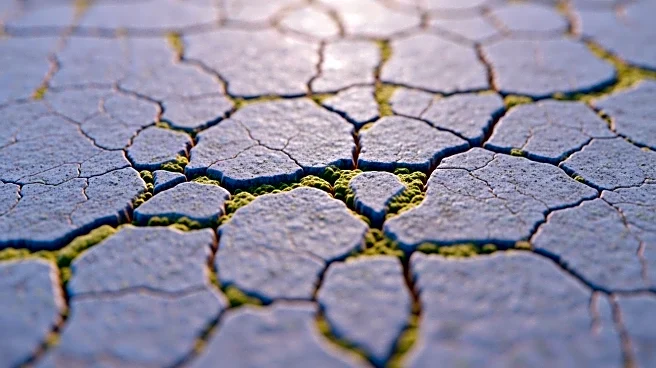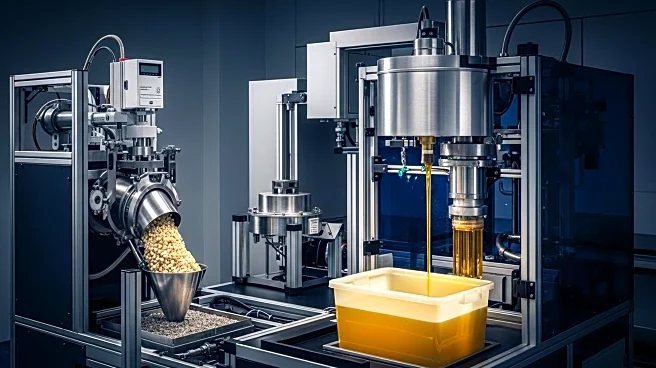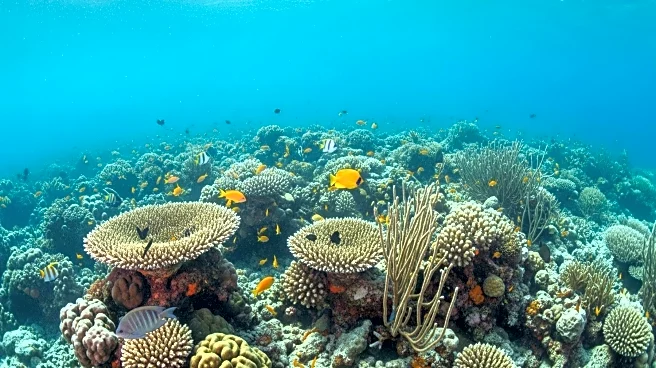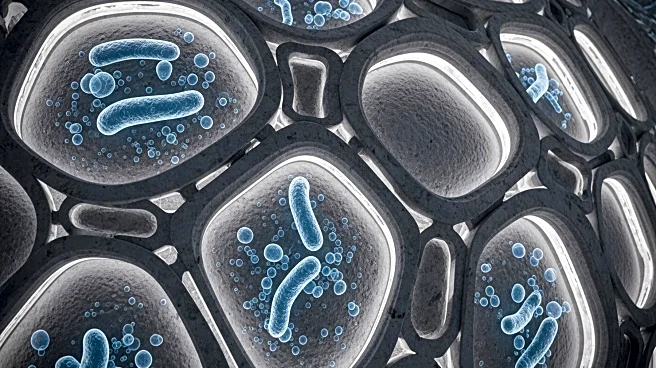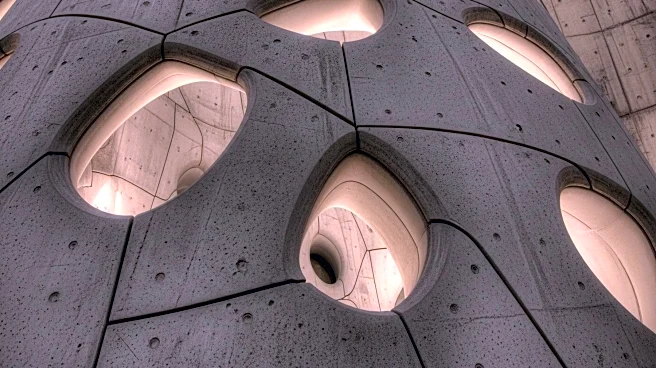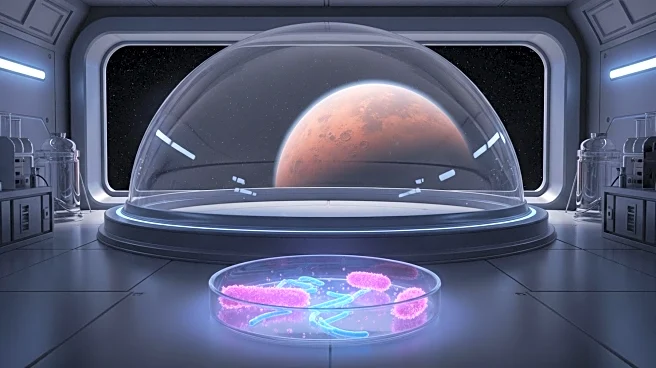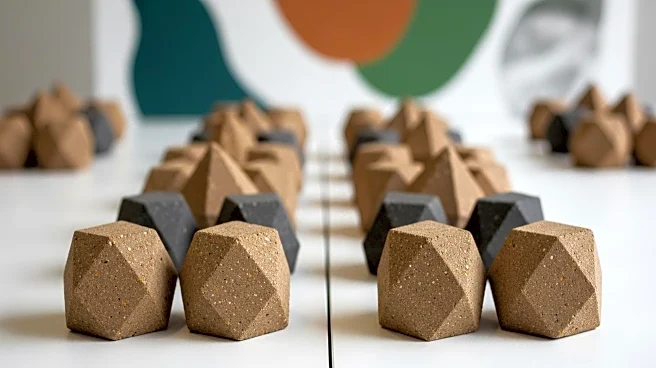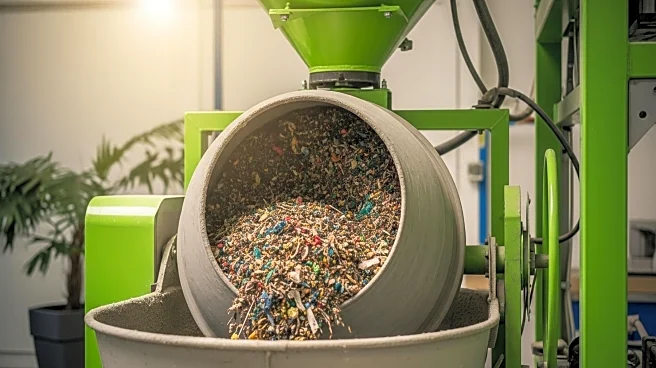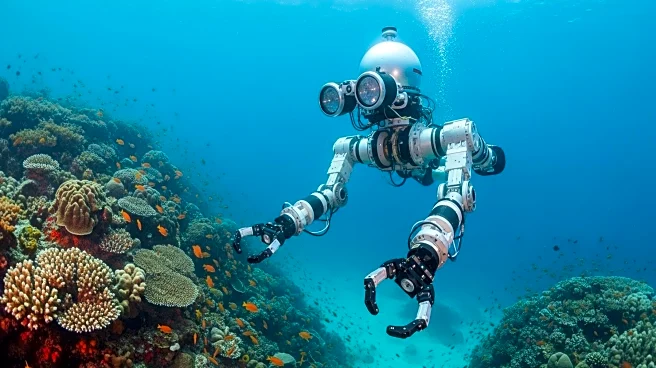What is the story about?
What's Happening?
Scientists have engineered a concrete mix that can heal itself using Bacillus subtilis bacteria, as reported in Scientific Reports. This self-healing concrete activates when water enters cracks, prompting the bacteria to produce calcium carbonate, which seals the cracks and restores structural integrity. The technology aims to improve the durability and lifespan of concrete structures, reducing maintenance needs and environmental impact.
Why It's Important?
Self-healing concrete has significant implications for infrastructure, particularly in environments exposed to regular stress, such as bridges and highways. By reducing the need for frequent repairs, this technology can save time, labor, and resources, offering a sustainable solution for modern infrastructure challenges. The use of bacteria in concrete also highlights innovative approaches to construction materials, potentially influencing industry standards and practices.
What's Next?
Further research may explore other bacterial strains and nutrient sources to enhance the self-healing capabilities of concrete. The technology could be tested under real-world conditions to assess long-term performance and cost-effectiveness. As the construction industry seeks sustainable solutions, self-healing concrete may become a viable alternative to conventional materials.
Beyond the Headlines
The development of self-healing concrete represents a shift towards more sustainable construction practices, aligning with broader environmental goals. It also highlights the potential for biotechnology to address infrastructure challenges, suggesting a future where biological processes play a key role in material innovation.
AI Generated Content
Do you find this article useful?
